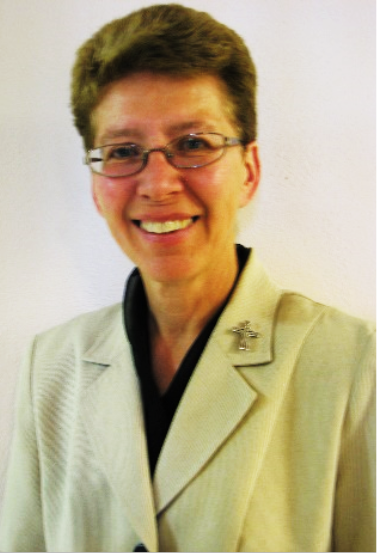- By Sr. Mary Valerie Schneider
If you have access to the January issue of America magazine, I suggest you read “The Cure for Political Polarization?” by James Martin on pages 46-47. Martin describes the past two Octobers when he participated in the Synod on Synodality. While he noted the disagreements, he also noted the agreement
- By Sr. Mary Valerie Schneider
2025 has several anniversaries marking the Christian calendar. One is the 1,700th anniversary of the first Christian ecumenical Council at Nicea (near Constantinople) in 325. Highly important, this council affirmed the divinity of Jesus Christ and the Trinity, thus opposing Arianism, a prevalent heresy claiming Jesus had only a human
- By Sr. Mary Valerie Schneider
Why does the Church observe the Christmas Season for three weeks? Why do we keep our decorations up several days after December 25? The Church gives us time to understand the mystery of the Incarnation, which is also the mystery of redemption. Let’s look at the gospel used for the
- By Sr. Mary Valerie Schneider
This is the 2025th anniversary of the birth of Our Lord. Pope Francis declared that this anniversary intends to “fan the flame of hope” as we “look to the future with a trusting heart and a far-sighted vision.” A holy year begins with opening the door at the Vatican, an
- By Sr. Mary Valerie Schneider
The people ask John the Baptist “What should we do?” I imagine they got the answers they didn’t want to hear. They were to do more than they really wanted to do. Soldiers and tax collectors were told to do their job justly and be satisfied with what they got.
- By Sr. Mary Valerie Schneider
This hymn is captivating in its haunting melody. (I’d love to have it sung at my funeral.) The verses refer to the O Antiphons, such as Key of Knowledge and Root of Jesse. The most prayerful part is the refrain: “For you, O Lord, my soul in stillness waits. Truly
- By Sr. Mary Valerie Schneider
December is a month of anticipation and waiting. This leads to questions like “What do we anticipate?” and “How do we wait?” For us Christians we wait for more than a day; we await a Person—Jesus Christ reigning in glory. We prepare the way of the Lord, which adds another
- By Sr. Mary Valerie Schneider
A hymn appropriate for Advent and any feast of Mary, especiallythe Annunciation on March 25, is “No Wind at the Window.” Much more than a meteorologicalstatement, the hymn describes the Angel Gabriel coming to Mary in silence andmystery in Nazareth. The angel pleads “Don’t hide from my face. Be glad
- By Sr. Mary Valerie Schneider
Have you noticed the pattern in Biblical annunciation stories? A woman is barren, an angel appears, the woman is told not to fear, a name is given to the future child, and the woman conceives. The annunciation of Angel Gabriel to Mary continues the pattern but is significantly different. Mary,
- By Sr. Mary Valerie Schneider
Recent weeks may have been stressful for you as divisionhampers “e pluribus unum.” Division, however, never wins; eventually unity risesvictorious. Every night those who pray the Liturgy of the Hours pray Mary’sMagnificat: “My soul proclaims the greatness of the Lord.” A modern version ofMary’s song is “Canticle of the Turning”




